If you are wrestling with the challenge of kitchen lighting ideas for low ceilings, the principles of Scandinavian design could be particularly enlightening. The focus on functionality, simplicity, and the use of natural light and materials can guide the selection of lighting fixtures that not only illuminate but also enhance the space without overwhelming it.
The “Scandinavian Kitchen Design: A Blend of Functionality & Style,” is a cornerstone article that delves into the heart of creating a kitchen that marries both aesthetic appeal and practicality. It emphasizes the importance of clean lines, light colors, and the strategic use of lighting to create a sense of openness and airiness, which are crucial in kitchens with low ceilings.
From the overarching concepts of Scandinavian design, one can draw specific ideas for lighting in kitchens with low ceilings:
Opt for Flush or Semi-flush Mount Lighting
These fixtures sit close to the ceiling, making them ideal for areas with limited headroom. Their design can range from simple and functional to more decorative styles, catering to the minimalist ethos of Scandinavian design while ensuring the space remains bright and welcoming.
Flush mount lights and flush ceiling lights are a great choice for low ceiling height areas, providing plenty of light without compromising on ceiling space. These fixtures are designed to offer an even spread of light, ensuring the kitchen is well-lit without the need for low-hanging light fixtures that can clutter a space with lower ceilings.
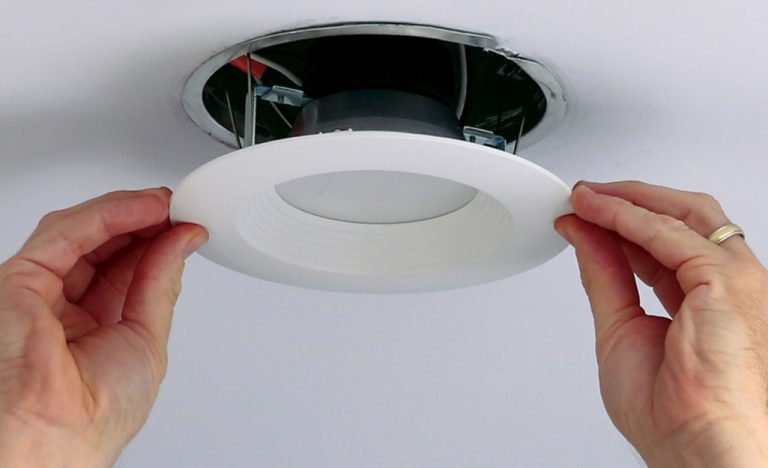
Use Recessed Lighting for a Sleek Look
Recessed lighting can be installed into the ceiling, ensuring a clean, unobtrusive look. This type of lighting is effective at spreading light across the room without the need for fixtures that hang down and potentially make the space feel more cramped. It’s an excellent choice for creating a sleek and modern appearance in kitchens with low ceilings, offering ambient lighting that enhances the overall feel of the space without sacrificing ceiling space.
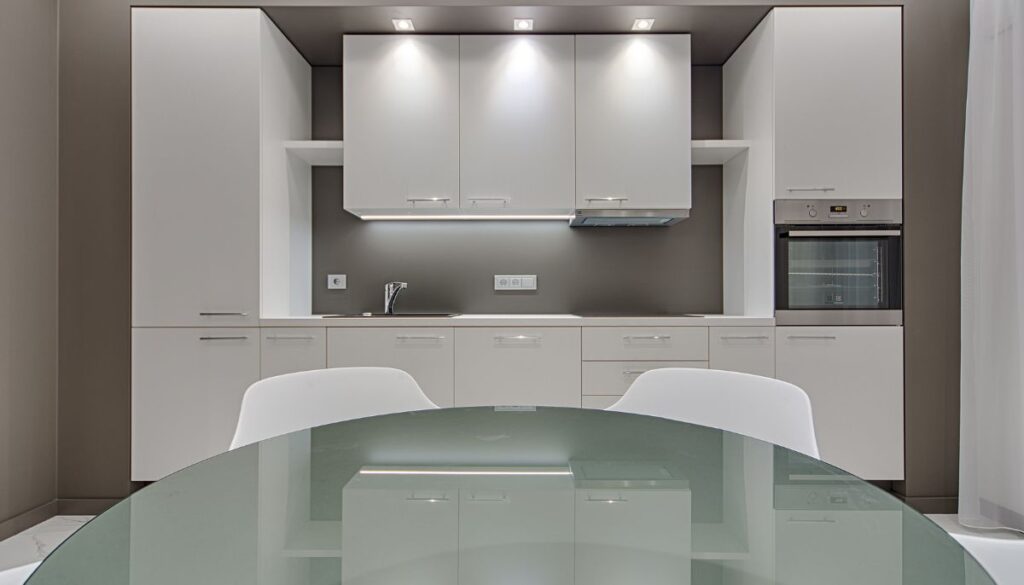
By carefully positioning recessed light fixtures, you can illuminate specific areas or create an even spread of light throughout the kitchen. This lighting scheme also allows for flexibility in design, making it a versatile option for different styles of light fixtures. Whether you’re looking to brighten up work areas like the kitchen island or provide soft, ambient light to the entire room, recessed lighting offers a subtle yet effective way to enhance both the functionality and aesthetics of your kitchen.
Incorporate LED Strip Lights Under Cabinets
This lighting solution offers both aesthetic and functional benefits, providing task lighting on work surfaces without taking up any ceiling space. It’s a modern approach that aligns well with the Scandinavian principle of functional beauty. LED strip lights are a great option for adding extra light to dark corners and enhancing the ambiance of the kitchen.
They can be easily installed and customized to fit the length of your cabinets, offering a continuous stream of light that is perfect for cooking and food preparation areas. This type of lighting is not only energy-efficient but also creates a warm, inviting atmosphere, making your kitchen a more welcoming space.
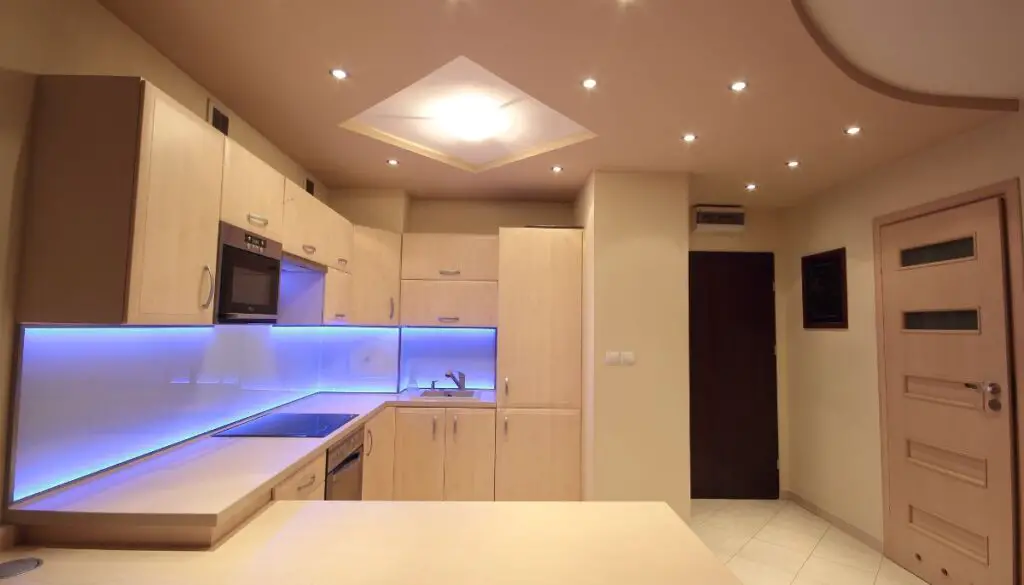
By strategically placing these lights under cabinets, you can illuminate the countertop without creating shadows, ensuring that you have the right amount of light exactly where you need it. Additionally, LED strip lights can serve as accent lighting, highlighting backslashes or decorative elements in the kitchen, adding visual interest and a touch of modern elegance to the space.
Consider Pendant Lights with a Slim Profile
While traditional pendant lights might not be suitable for low ceilings, choosing models with a slim profile and hanging them strategically over areas like the kitchen island or dining table can add a focal point without overwhelming the space.
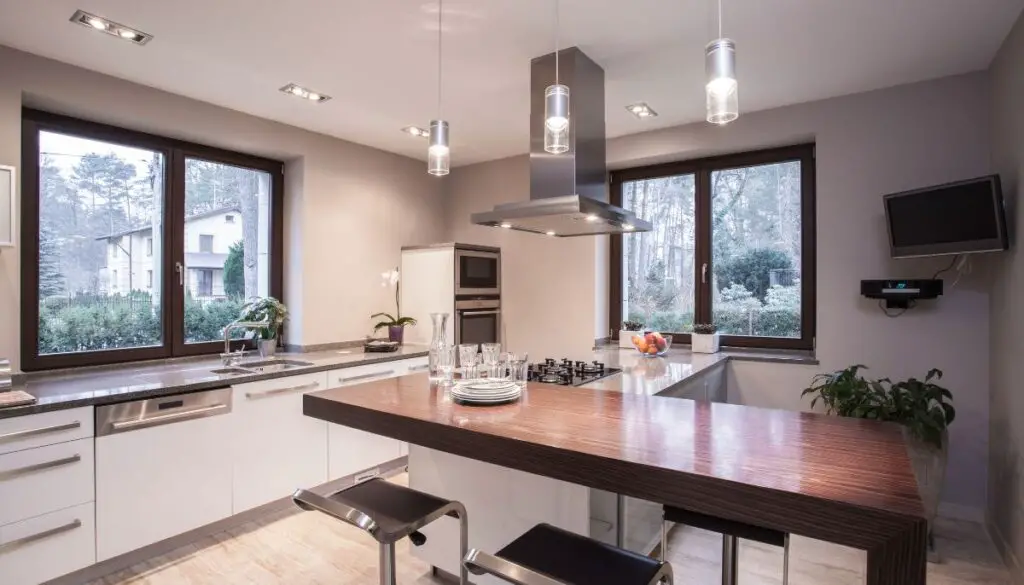
This lighting choice is particularly effective for creating ambient lighting in compact areas, where every inch of space matters. Selecting pendant lights in neutral colors or with clear glass can further enhance the illusion of more space, allowing natural light to disseminate more freely throughout the room.
This type of lighting becomes not just a source of illumination but also an integral part of the room’s decor, offering a stylish solution that complements the minimalist aesthetic of Scandinavian design. Moreover, pendant lights at eye level can create a more intimate atmosphere, making them a perfect choice for dining areas, where they can serve both practical and decorative purposes.
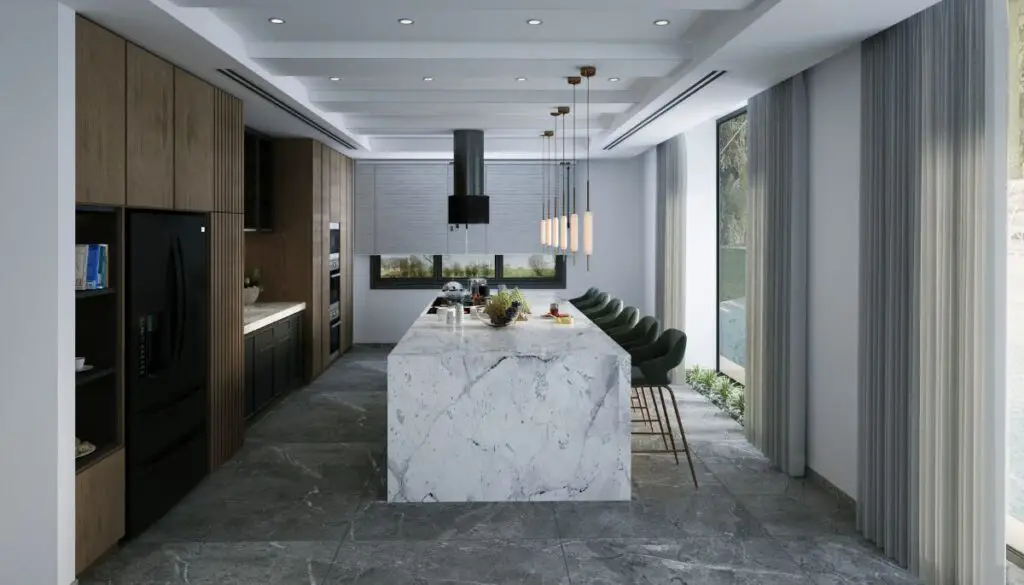
By focusing on the right lighting solutions, even rooms with low ceilings can achieve a bright and airy feel, demonstrating that smart design choices can overcome architectural challenges.
Leverage Wall Sconces
Wall-mounted lighting can add warmth and depth to a kitchen, freeing up ceiling space. Sconces with adjustable arms are particularly useful, allowing for direct lighting where it’s most needed, embodying the Scandinavian knack for combining form and function. This type of lighting is a good choice for adding accent lighting to highlight architectural features or artwork, enhancing the kitchen’s aesthetic appeal.
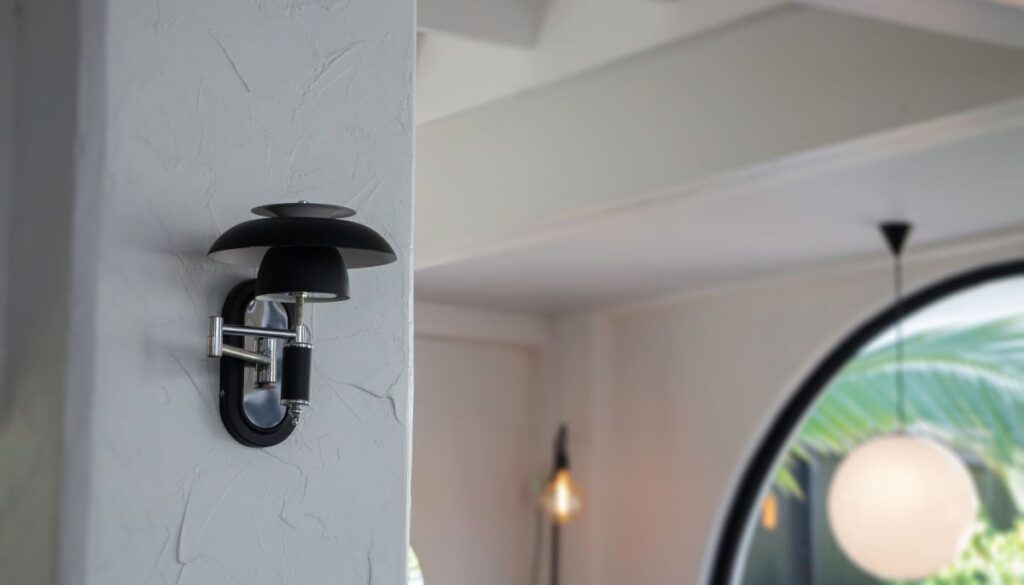
Additionally, wall sconces can serve as an excellent choice for creating an inviting atmosphere, especially in dining areas or over the kitchen sink, where task lighting is crucial. By strategically placing sconces at different heights, you can achieve a layered lighting effect that adds visual interest and dimension to the space.
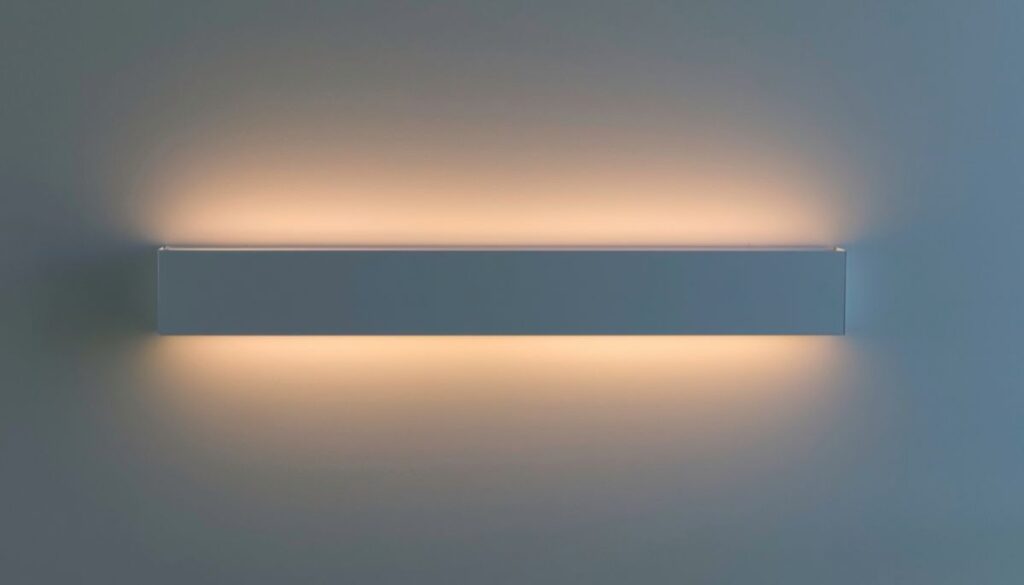
This method is a great way to illuminate a kitchen without relying solely on overhead lights, making it an effective way to navigate the challenge of low-hanging light fixtures in a room with low ceiling height.
Use Floor Lamps and Table Lamps
These can introduce additional lighting in the dining room or kitchen corners that are not directly illuminated by ceiling lights. While floor lamps may seem unconventional in a kitchen setting, a strategically placed lamp can add warmth to a nook or a dining area, enhancing the room feel without requiring any ceiling space.

Similarly, table lamps can be used on counters or open shelves to cast a soft glow, providing both accent lighting and functionality, especially in kitchens with tall ceilings where more intimate lighting can create a cozier atmosphere.
Add Track Lighting
This is another versatile option for kitchens with low ceilings. It allows for adjustable and direct lighting where it’s most needed, from countertops to the kitchen sink, without overwhelming the space. Track lights can be angled to illuminate specific areas, making them an excellent choice for both task and ambient lighting. Their sleek design complements the minimalist Scandinavian aesthetic, integrating seamlessly into the kitchen’s overall look.

Interior designers often recommend mixing light sources to achieve the best lighting outcome. Cabinet lighting, for example, can offer focused illumination for countertops, making food preparation easier and safer. Similarly, under-cabinet lights can add depth and dimension to the kitchen, highlighting backsplashes and making the countertops shine.
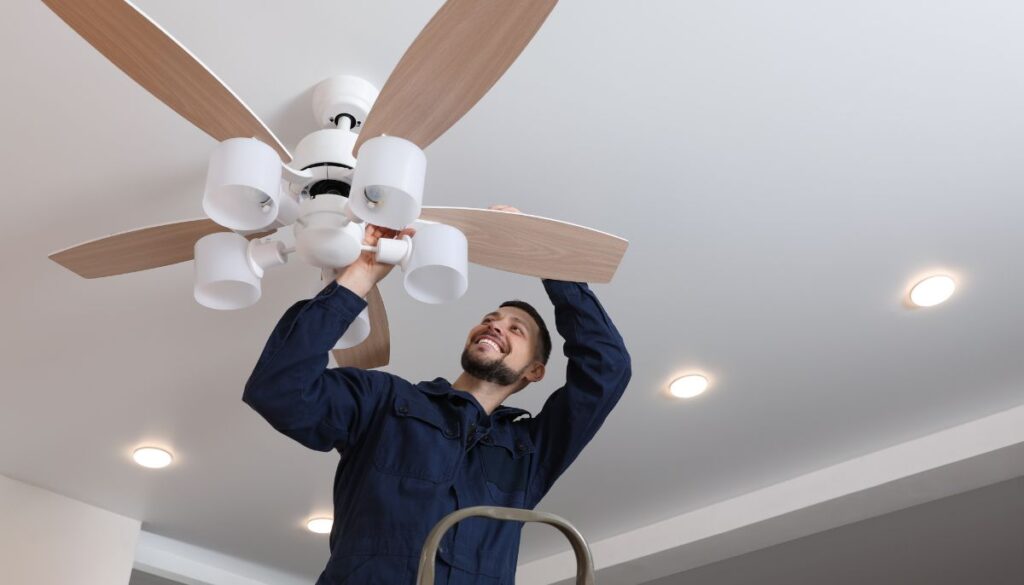
Ceiling fans with integrated lighting can offer a two-in-one solution in kitchens with low ceilings, providing both air circulation and light. Choosing a fan with a flush mount fixture ensures that it fits snugly against the ceiling, maximizing ceiling space while contributing to the room’s comfort and brightness.
Conclusion
Incorporating these ideas into a kitchen with low ceilings can transform it into a space that feels brighter, larger, and more open while staying true to the understated elegance of Scandinavian design. The key is to choose lighting solutions that enhance the sense of space and light in the room, using materials and designs that reflect simplicity and functionality.
By integrating different styles of light fixtures, such as flush mount fixtures, recessed lights, and LED strip lights, you can create a layered lighting scheme that addresses all aspects of kitchen lighting—from task lighting over the kitchen island to ambient lighting that fills the room.

Utilizing light bulbs with the right color temperature can also contribute to making the area feel more spacious and welcoming. A low-ceiling kitchen is not just a place to cook, but a living space to enjoy.

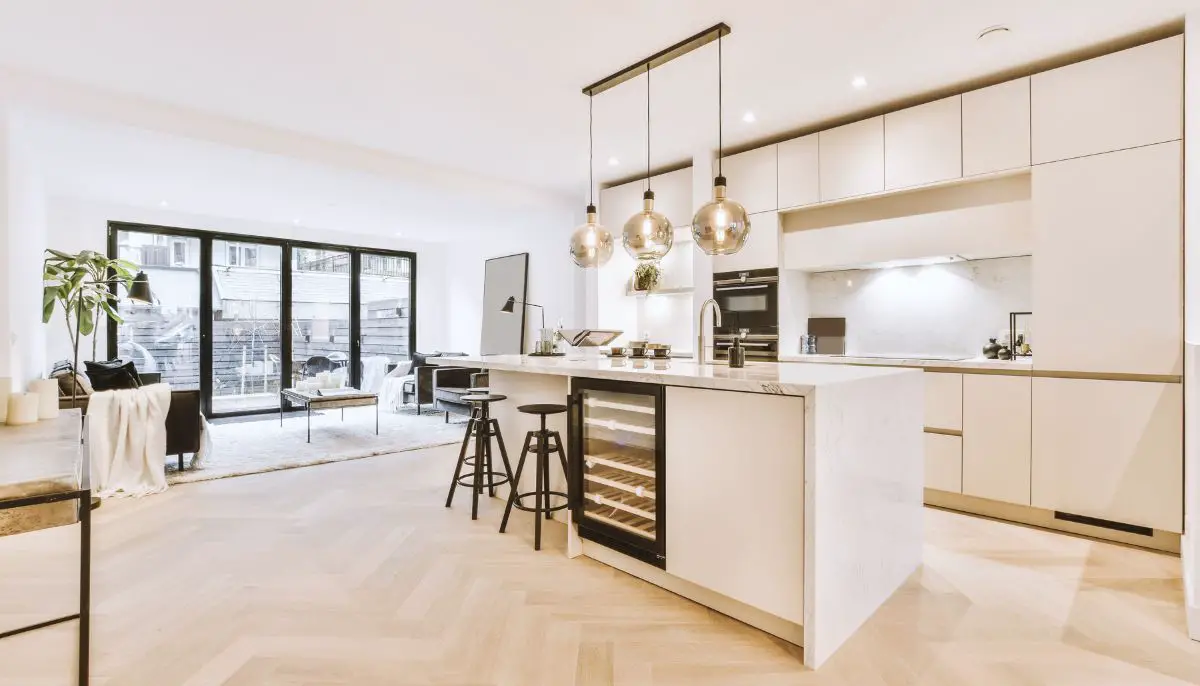
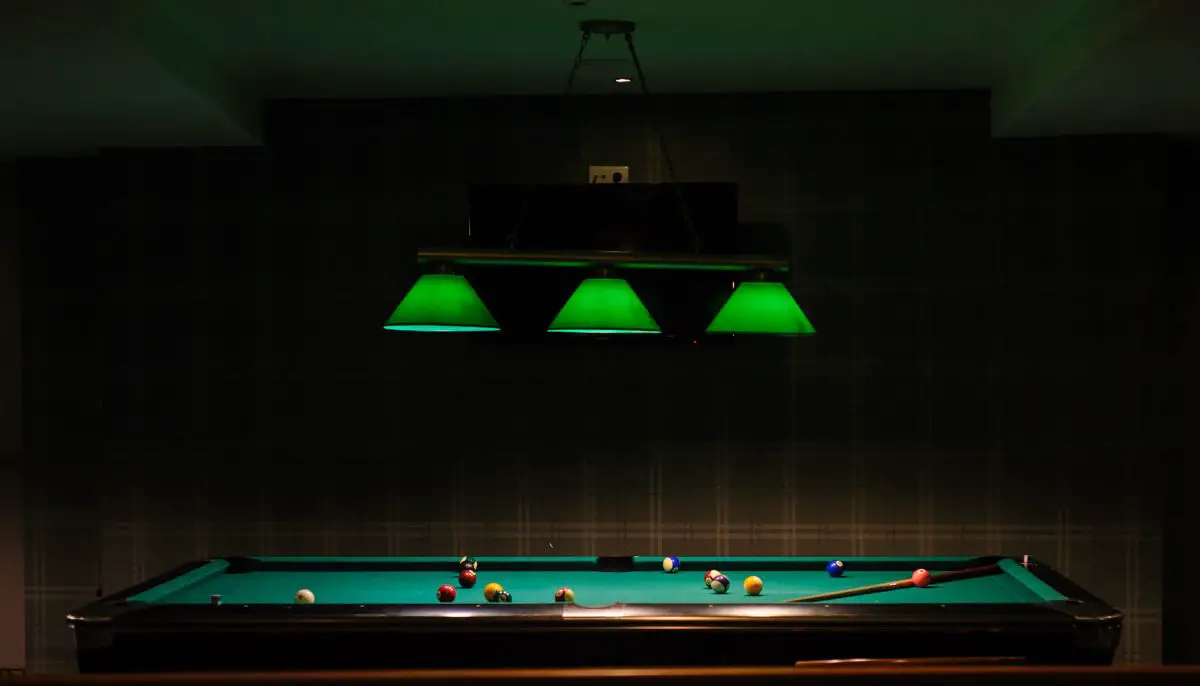
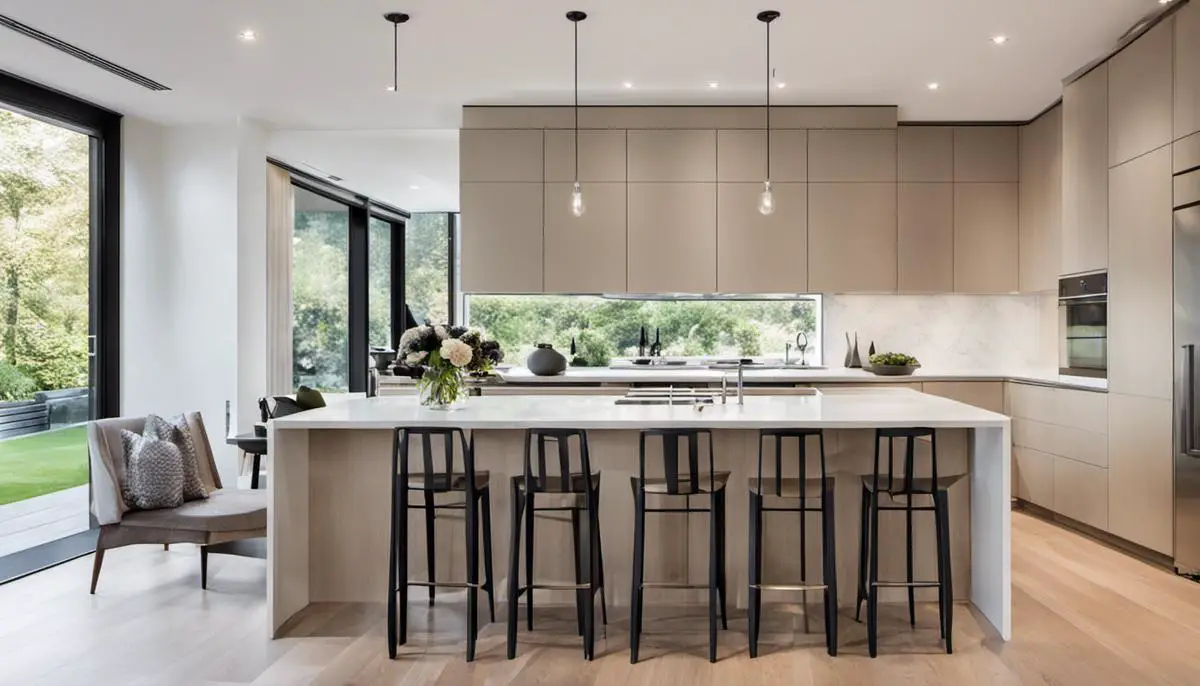
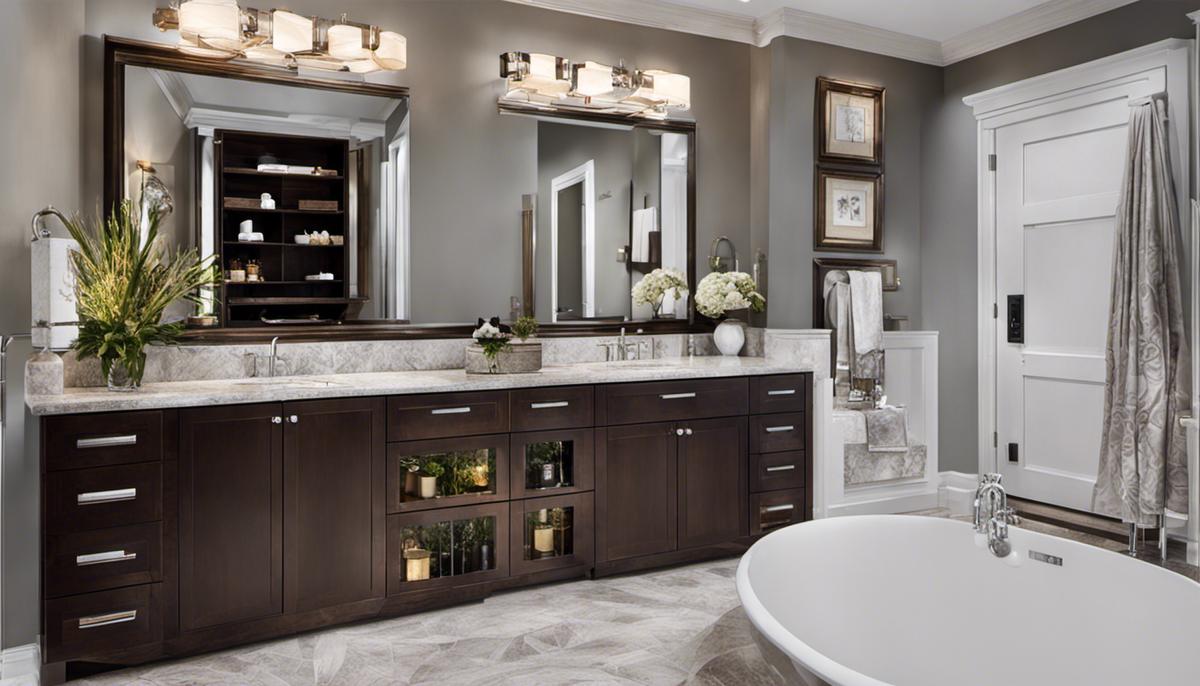
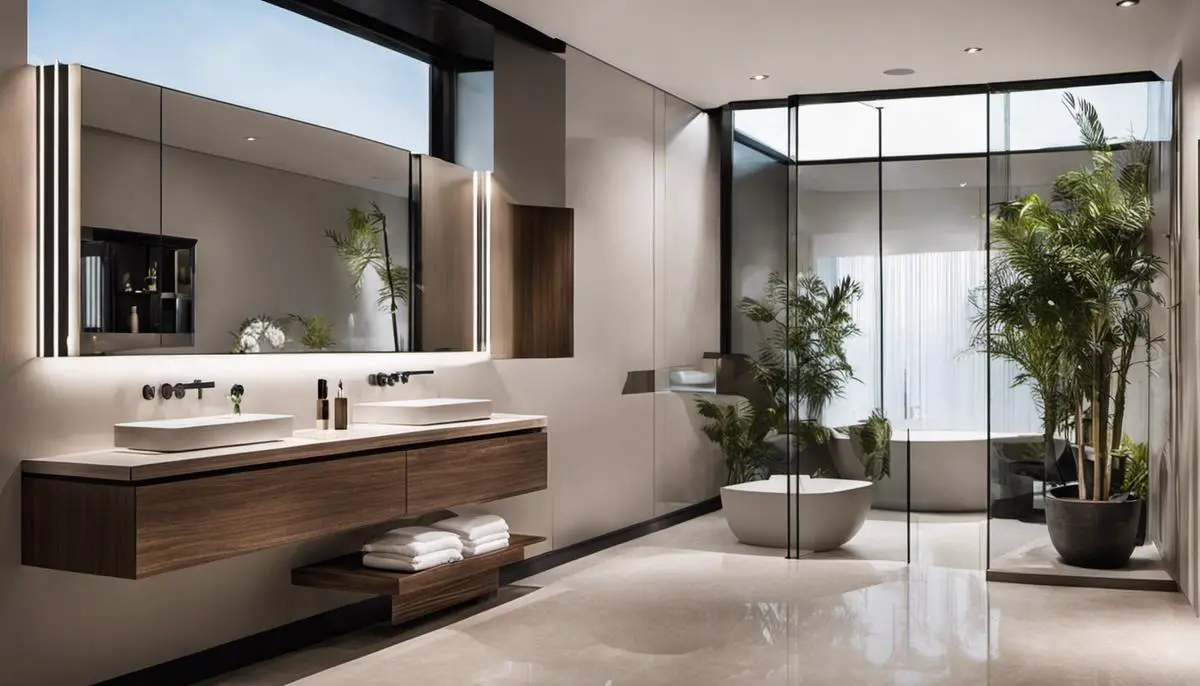
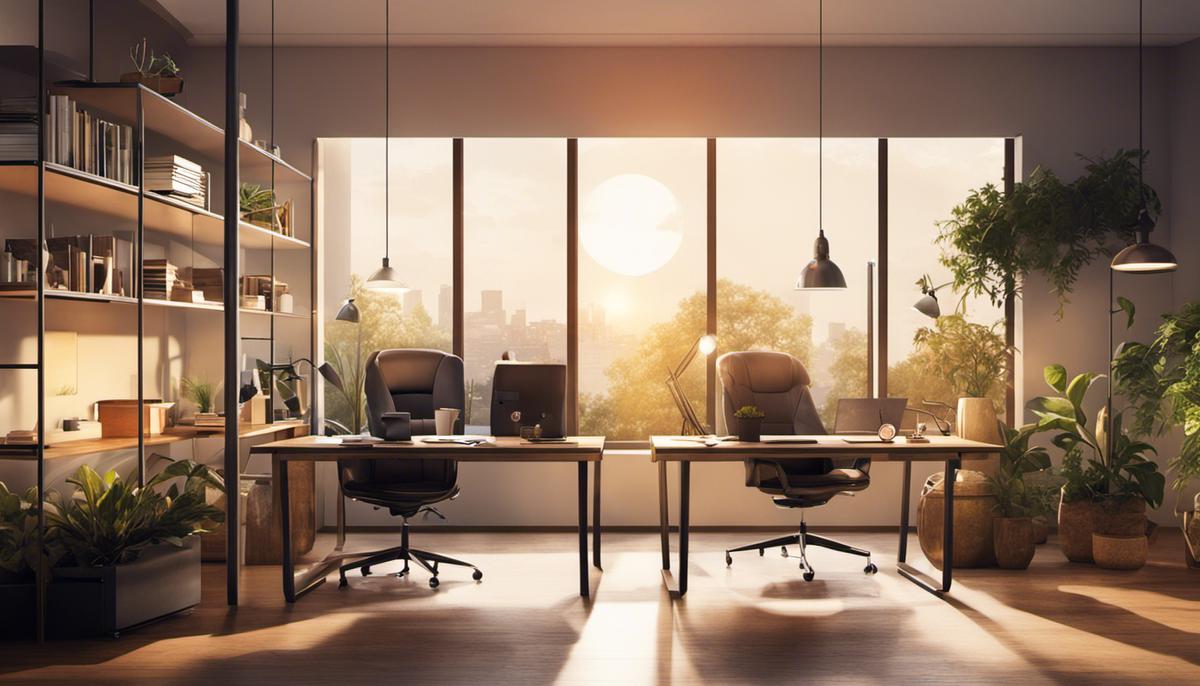

Leave a Reply